fir and fur
Many languages have small words that indicate relationships between things (prepositions): The man stood ON the stone / The woman lives IN Shetland / The boy came AFTER tea / The girl made it FOR her mother. Many languages also have small words that connect phrases or sentences (conjunctions): The man stood still AND the otter came close / The otter came close BECAUSE the man was standing still.
Shaetlan has two forms that both translate to StE ‘for’: the preposition fir (pronounced /fər/ or /fɪr/), which means ‘for’ as in ‘towards’ (Run for the hills!), ‘for the benefit of’ (I did it for you), ‘supporting’ (Who’s for going today?), and so on. The conjunction fur (pronounced with a rounded vowel as in /fɞr/ or /fɔr/), however, means ‘because, since, seeing that, etc’ (You’ll have to speak up for I can’t hear you).
The differentiation in pronunciation of fir/fur has been noted in the DSL as a pan-Scots phenomenon: “fɔr, for, and in unstressed position, fər, fɪr (n.Sc.)” (sv. fur). This is borne out in the Shetland data: in a corpus of 37½ hours of spoken Shaetlan (>316,000 words) of Archive recordings spread over the length of Shetland, the preposition and conjunction were audibly differentiated the absolute majority of the time (for the statistically minded X2=262.28, df=1, p<.00001***). However, given the dominance of StE and the lack of formal teaching in Shaetlan, it is likely that contact induced anglification might have made some speakers merge the two functions into the same form, in a pattern replication of StE.
Both fir and fur go back to the Old English for ‘because of, for [the sake of], ago, etc’ but from the 12C for Also started to be used as a conjunction. In the Scots areas the stressed version fur got reserved for conjunctions while the unstressed fir got reserved for prepositions. To “correct” either of the forms to the StE for would be misguided.

